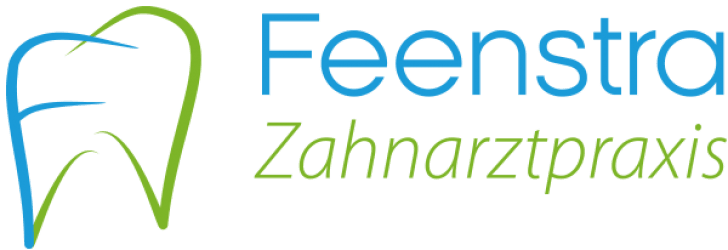The lower jaw is connected to the upper jaw via a rotary-sliding joint. This joint is unique in the human body and allows for rotational and sliding movements.
Malocclusions or tooth gaps, as well as severe grinding or clenching, can lead to an overload of one or both temporomandibular joints. Overloading is often noticeable by clicking sounds and can lead to severe pain.
We differentiate between the following types of jaw joint complaints:
Clamped jaw
Impairment of the mouth opening, usually as a result of muscle tension.
Jaw impediment
Inability to close your mouth completely, mostly due to accidents.
Dislocation of the temporomandibular joints
Always in combination with a jaw impediment.
Function-dependent sounds in the jaw joint
Mostly when opening the mouth.
Functional pain
Stinging pain radiating in the temples, cheeks or jaw angles.
Lower jaw deviations
One-sided deviation of the mandible during mouth opening due to impaired function of one or both mandibular joint heads.
Teeth grinding or clenching
Great forces can be released by the jaw muscles. These can put considerable strain on the teeth and also the jaw joint. Protection mechanisms from your own body usually do not intervene to avoid these strains. The teeth can generate grinding sounds. Your partner may be the first to make you aware of such grinding sounds, because grinding often occurs during sleep. Clenching of the teeth is silent and leads to tension in the muscles.
In both cases, a bite splint (mouth guard) can help to relieve the joints and protect the teeth from extreme chewing.
Any kind of relaxation is beneficial (autogenic training, biofeedback, programmed muscle training and muscle relaxation). After nocturnal grinding or clenching one often wakes up with painful muscle tension; this can also be expressed as a headache in the early morning. The chewing muscles are overworked. The strongest chewing muscles extend laterally in the lower jaw and in a fan-shaped manner towards the temporal and cranial region. Here we can help you well with a mouth guard or relaxation exercises.
Causes
Teeth only have about 30 minutes of direct contact with each other during the 24 hours of the day when they function in an undisturbed manner. This means that the muscles have long recovery times. If these rest periods are severely limited by ongoing muscle tension, this can result in pain. Triggers can be varied: stress, disorders in the teeth, malocclusions, fillings that are too high or too deep, crowns or bridges, prosthetics, tooth gaps in the posterior area, tooth extraction, long-lasting dental treatments, operations under general anaesthesia leading to overstretching of the joints, accidents and postural damage, especially due to workplace-related poor posture with stress on the shoulder-neck region. It is rare that only one triggering factor can be determined.
Who is affected?
Minor disorders in the functioning of the chewing apparatus are observed by dentists in about 80% of all people, young and old. Most disorders are minor and can only be perceived by a qualified person; they do not have a disease status. Only 3-5% of people have complaints that are so severe that they visit a doctor or dentist.
